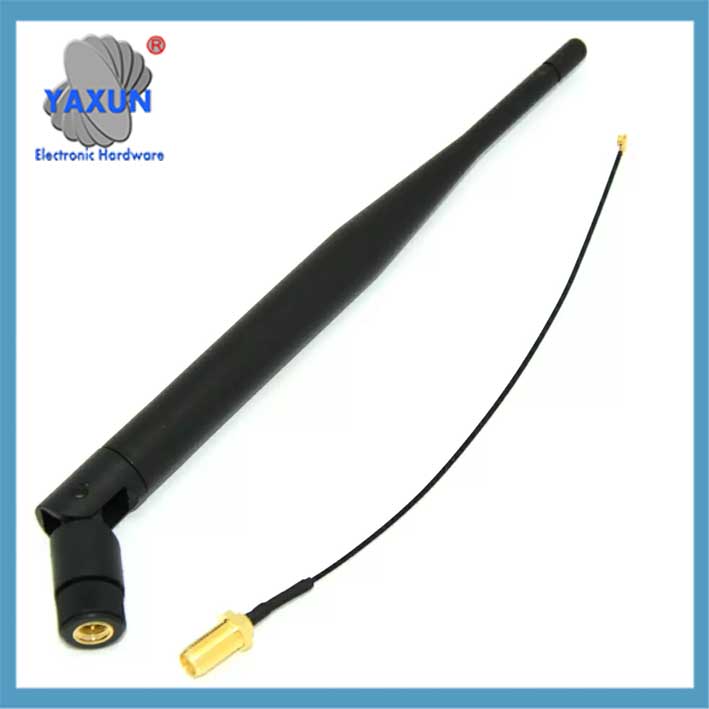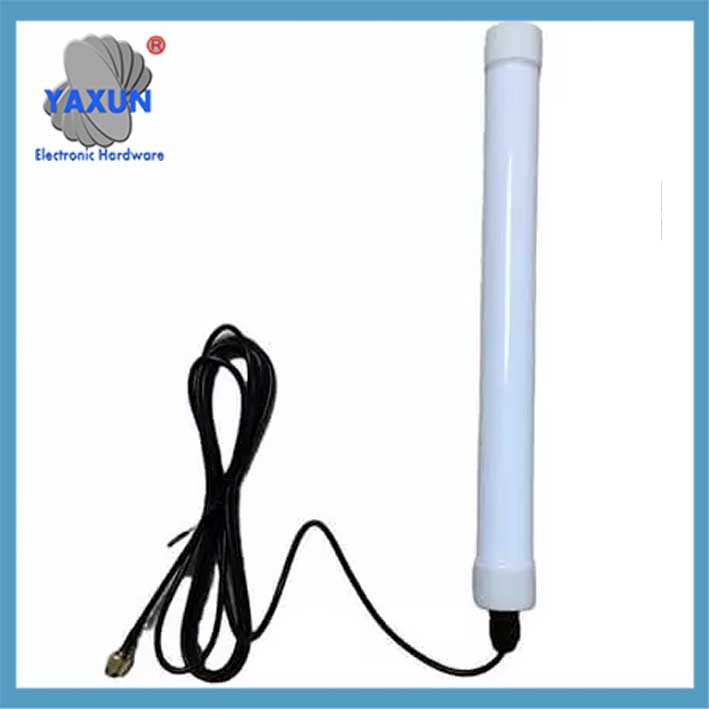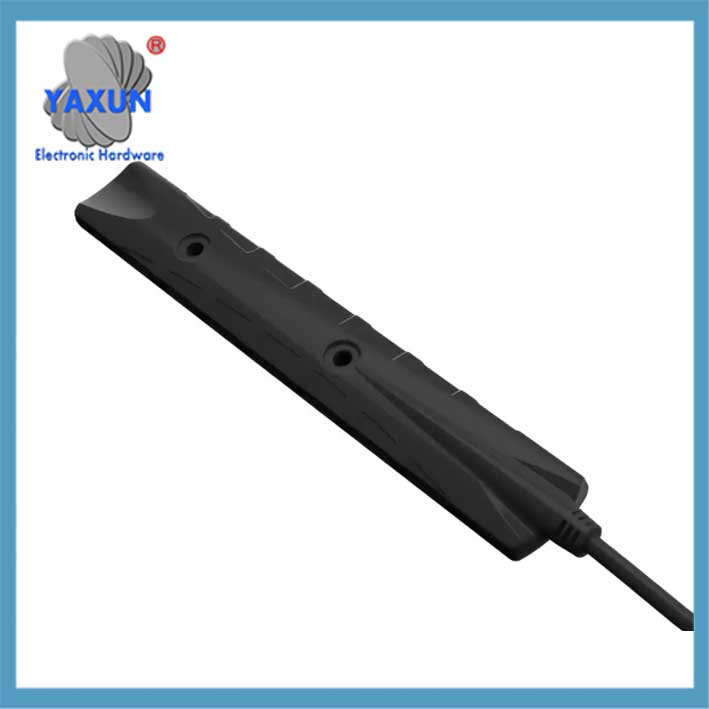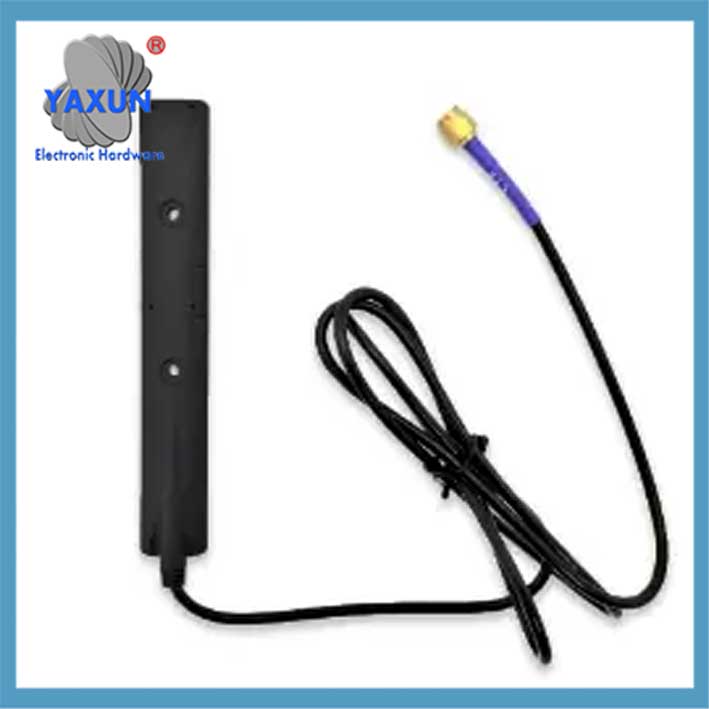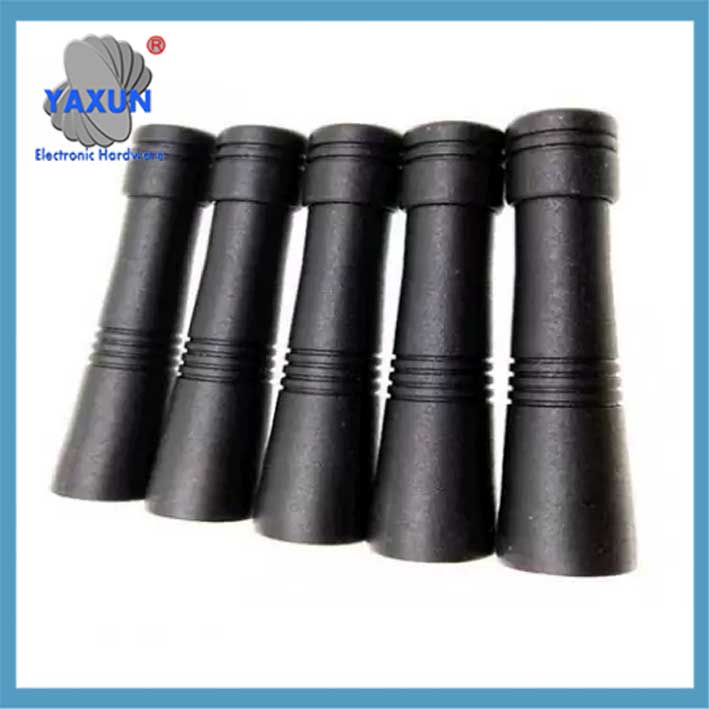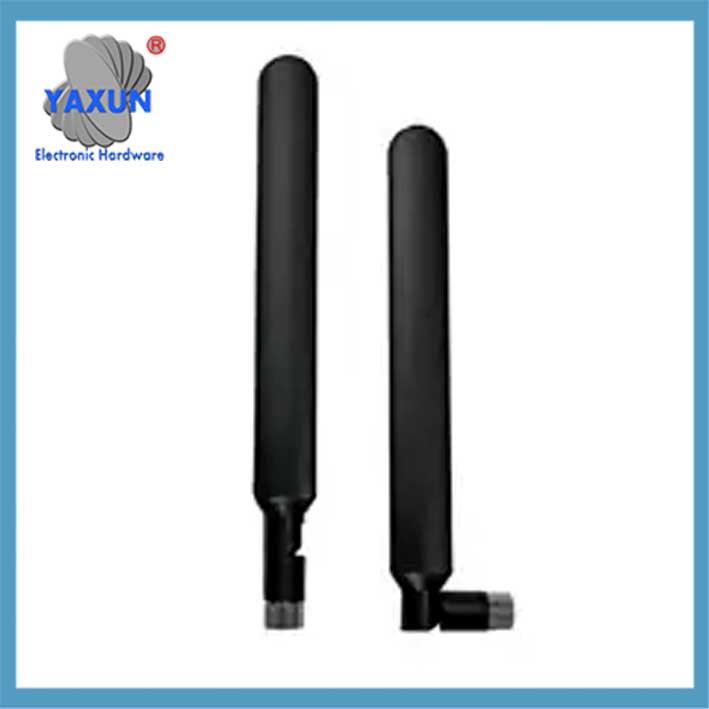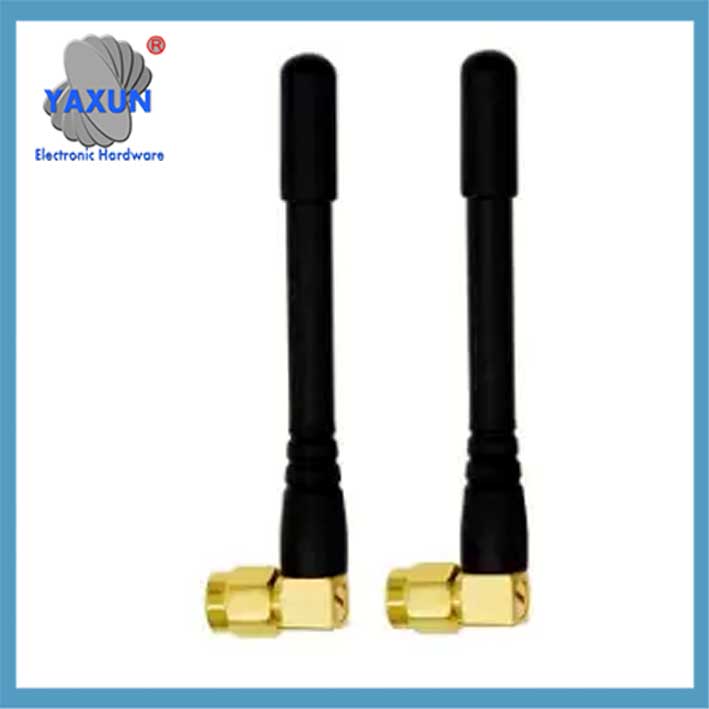فئات المنتجات
علامات المنتج
ما هو هوائي متر أمارت? الوظائف والتطبيقات
هوائي العداد الذكي هو جهاز يسمح للعدادات الذكية بنقل البيانات لاسلكيًا من وإلى الشبكة المركزية. تتضمن هذه البيانات استهلاك الطاقة للمنزل أو العمل, تمكين المرافق لقراءة العدادات عن بعد, مراقبة الاستخدام, وربما السيطرة على الشبكة. توجد هوائيات العدادات الذكية عادةً على السطح الخارجي لصندوق العدادات وهي مصممة لإرسال واستقبال الإشارات عبر نطاق تردد محدد.
Analysis of Smart Meter Antenna Technology (2025)
1. Core Types and Design Features
Communication Antenna Type
Remote Communication Antenna: Patented design (such as Hangzhou Tianzhuo CN 119029523 ب) supports remote signal transmission and adapts to the low-power wide area network (LPWAN) requirements of smart meters.
Miniaturized Integrated Antenna: Such as the Ignion DUO mXTEND™ solution, which achieves multi-band integration (Sub-1GHz/2.4GHz) through a miniature PCB antenna, reduces the volume by more than 50%, and adapts to the high-voltage environment inside the meter.
Specialized Band Antenna: 433MHz, 470MHz and other frequency band antennas (Huaxin brand) use suction cups or rubber stick structures, with a gain range of 3dBi to 12dBi, and are suitable for wireless meter reading scenarios of water meters and electricity meters.
Various types of smart meter antennas exist, including omnidirectional antennas, directional antennas, and virtual antennas.
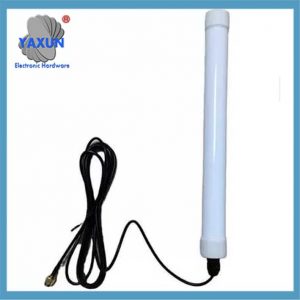 هوائي متر ذكي متعدد الاتجاهات 4G مقاوم للماء |
 Smart Meter LTE Antenna Ultra-Thin 690 MHz ~ 960 MHz, 1710 MHz ~ 2700 MHz |
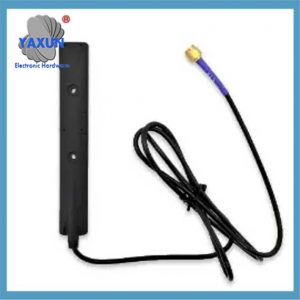 Low profile smart meter omnidirectional antenna for indoor and outdoor use |
Structural optimization
Electronic tag antenna: Planar design (patent CN 7020), through the optimization of the oscillator layout to improve the radio frequency identification (RFID) أداء, thickness ≤1mm, to meet the compact space requirements of smart meters.
2. Anti-interference and reliability technology
Electromagnetic shielding: Adopting a multi-layer shielding cover + pressurized sealing structure, the internal air pressure is higher than the external pressure, reducing the leakage of high-frequency electromagnetic waves (Qingdao Qiancheng patent CN119986120A), and reducing the signal error rate by 40%.
RF isolation: The antenna is physically isolated from the metering module, combined with the differential signal transmission design, to reduce the interference of power electronic components, and the metering accuracy deviation is ≤0.1%.
Power supply optimization: Direct DC power supply + filtering circuit, reducing the interference of the switching power supply on the antenna sensitivity (the measured sensitivity is increased by 15dBm), and the communication stability is improved by 30%.
3. Typical debugging and installation points
Influence of adapter: Removing the SMA adapter can reduce insertion loss (typical value 0.5dB), and directly welding the IPX interface can improve signal integrity.
Cable layout: The antenna feeder is far away from the power line, and the bending radius is ≥50mm to avoid impedance mutation and deterioration of the standing wave ratio (standard requirement ≤1.5).
Environmental adaptation: Outdoor meter antennas require IP67 protection + lightning protection grounding (grounding resistance ≤4Ω) to ensure reliability in extreme weather.
4. Industry application evolution
NB-IoT and 4G integration: The external antenna tends to be concealed and integrated with the meter housing, supporting seamless switching of dual-mode communication (NB-IoT+4G Cat.1).
Breakthrough in high-voltage scenarios: Antenna components adapted to power distribution environments above 20kV, with a ceramic substrate and air dielectric layer design, the withstand voltage level is increased to AC 3000V.
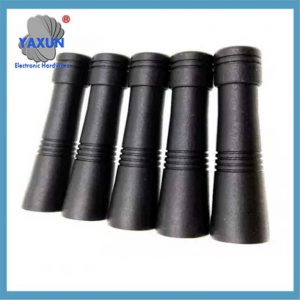 GPS Passive Rubber Antenna with Sma Male Connector |
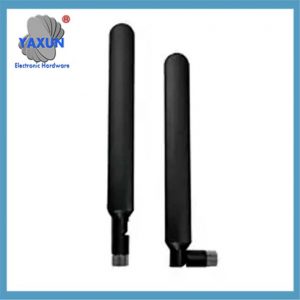 DiPole 3G, 4G, LTE Smart Meter Dipole Antenna |
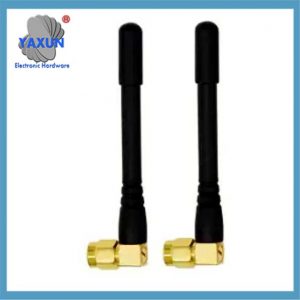 1575.42MHz GPS Rubber Antenna for Smart Meter Reading |
5. Technology Development Trends
Smart meter antennas enable the remote communication of energy usage data between the smart meter and the utility company’s network.
The antenna transmits radio signals carrying the meter’s readings to a receiver, which then relays the information to the utility’s systems.
Smart meter antennas are typically placed on the outside of the meter box or device.
They operate within specific radio frequency bands, usually in the sub-GHz or 2.4 GHz range, depending on the specific protocol used by the smart meter.
Smart antenna technology: Introducing space division multiplexing (SDMA) and adaptive beamforming to improve spectrum utilization in dense deployment scenarios.
Fully automated debugging: The antenna parameter self-calibration system based on AI algorithm improves debugging efficiency by 50% and adapts to the needs of flexible production lines.
High frequency extension: Supports 600MHz-3.5GHz broadband coverage to meet the needs of new communication protocols such as 5G RedCap in the future.
ملحوظة: The above content is based on technical patents, product solutions and industry practices, covering design, optimization and future innovation directions.
اتصل بنا
في انتظار بريدك الإلكتروني, سوف نرد عليك في الداخل 12 ساعات مع المعلومات القيمة التي تحتاجها.
 English
English العربية
العربية bosanski jezik
bosanski jezik Български
Български Català
Català 粤语
粤语 中文(漢字)
中文(漢字) Hrvatski
Hrvatski Čeština
Čeština Dansk
Dansk Nederlands
Nederlands Eesti keel
Eesti keel Suomi
Suomi Français
Français Deutsch
Deutsch Ελληνικά
Ελληνικά עברית
עברית Magyar
Magyar Italiano
Italiano 日本語
日本語 한국어
한국어 Latviešu valoda
Latviešu valoda Bahasa Melayu
Bahasa Melayu Norsk
Norsk پارسی
پارسی Polski
Polski Português
Português Română
Română Русский
Русский Cрпски језик
Cрпски језик Slovenčina
Slovenčina Slovenščina
Slovenščina Español
Español Svenska
Svenska தமிழ்
தமிழ் ภาษาไทย
ภาษาไทย Tiếng Việt
Tiếng Việt
